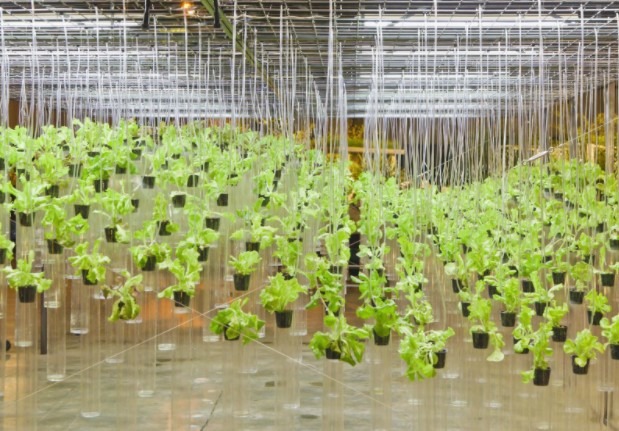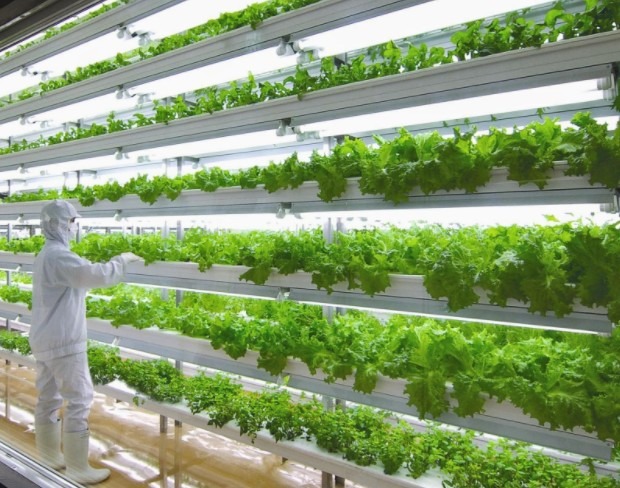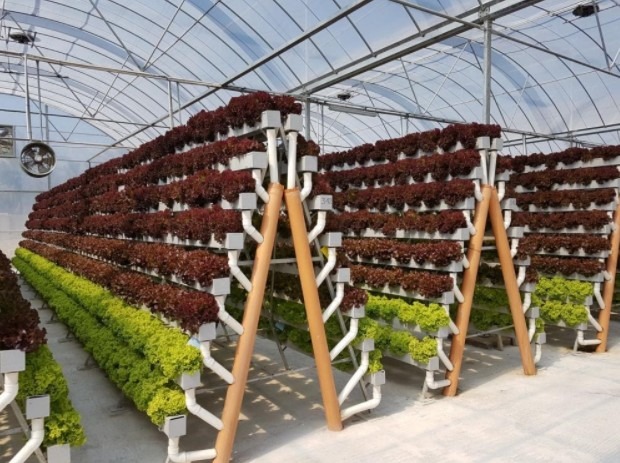Developing agriculture was arguably one of the defining moments of human history. It allowed us unprecedented access to food and was mostly responsible for better living conditions for prehistoric people.
It wouldn’t be an overstatement to say that powerful empires such as the ancient Greek and Roman civilizations rose because of agriculture. You could even make the case that without agriculture, we wouldn’t have had a world wonder like the Pyramids in Giza. Click on this link for more information about this: https://www.khanacademy.org/humanities/world-history/world-history-beginnings/birth-agriculture-neolithic-revolution/a/where-did-agriculture-come-from
But empires came and went, and people kept on farming and growing their vegetables and fruits to feed their families. In many ways, farming is what helped sustain the first settlers in the New World after arriving in a completely new territory. Coincidentally, the Americas’ discovery also uncovered new crops and plants that were not available in Europe, such as the potato, the chili pepper, and the tomato.
Thanks to that event, termed “The Columbian Exchange” in honor of Christopher Columbus, many European cultures’ cuisines began to flourish. However, this exchange was not entirely one-sided.
European settlers also brought citrus fruits from the Mediterranean and bananas from Africa to plant in the Americas. This attempt turned out to be difficult as the climate was not ideal for these sun-loving fruits, but with some experimentation and effort, they managed it.
We have come a long way since then. Nowadays, it’s not only common to see oranges in the supermarket produce section, but it’s expected! The same thing goes for many seasonal fruits and vegetables, like strawberries, tomatoes, and peaches.
This is all because of the astounding rise of technology and its employment in agriculture. In today’s day and age, things like greenhouses are the norm for farming, and many farmers use them to increase their yield and have products to sell all year round. Read here about the prevalence of greenhouses in the US.
Another option to achieve the same goal is the hydroponic process. This process removes the soil from the equation entirely and only uses water, nutrients, and a so-called growing medium to replace the earth. Some examples of it include perlite, vermiculite, coconut coir, and many more.
Although it might sound pretty unbelievable, this method of farming is widespread and quite refined. You have probably eaten hydroponically grown produce without even knowing! There are six different types of hydroponic systems, which we will discuss below, so stick with us.
Varieties of aquacultural systems
The basic and, for lack of a better word, most primitive system is the wick system. This type of hydroponic structure doesn’t require electricity and can be used by anyone, even without farming knowledge or experience. You can put the plants in the absorbent substance and send the nutrients down the nylon wicks placed around the plants.
However, due to this system’s straightforward nature, it’s not advised to grow heavily demanding plants that require a lot of water or nutrients. You can go down to the wholesale hydroponics store and get everything you require. Experts recommend sticking to herbs and small garden plants like the ones you would grow in your backyard.
A choice for a simple hydroponic system is the water culture one. This approach puts the plants’ roots directly into the nutrient solutions, which provides them with all the materials to grow along with the oxygen. Because of the direct absorption of their food, the plants grow very fast and very large, so make sure to have space to accommodate them if you decide to go for this method!
A popular option with a lot of home gardeners is the ebb and flow system. This is another mainly self-sufficient structure, and you can use it without spending much money or space. The way it works is you plant your vegetables into a grow bed packed with a growing medium, and then you saturate it with a nutrient-rich solution. To avoid overflowing, you can use a pump that regulates the water level by draining it when it goes above a certain level and storing it to be utilized later.
The perks of using this type of aquacultural system are that you can grow almost all kinds of plants with it, and it’s very low-maintenance. However, you have to be careful as any malfunctioning of the pump controller could affect your garden and either “starve” or “overfeed” your greenery. Regardless, this option is ideal for getting started with farming as a newbie. Learn more at this link: https://www.thespruce.com/hydroponic-gardens-wick-system-1939222.
One more hydroponic structure you have probably heard of is the so-called drip system. Its name is pretty self-explanatory. It functions by dripping the nutrient solution through a tube in each of the plants’ bases filled with a growing medium. The advantage of this approach is that you can fine-tune the stream based on each plant’s needs.
Fifth on our list is the slightly more advanced Nutrient Film Technology. This system is preferred by commercial farmers rather than home growers due to the size required to develop it. Namely, the NFT system does away with the growing medium and delivers the nutrient solution to the plants’ roots via channels. Unfortunately, this is only possible to achieve with plants with smaller roots.
Last but not least is the aeroponic system. Although reasonably easy to understand, this structure is difficult and costly to build. The plants are grown in pots with a growing medium and sprayed with nutrient solution from overhead sprinklers, not unlike those activated by fire alarms. This system’s automatic functioning helps it water more plants with less water, thus being the most ecological of the six. Find out more about it here.
Some final words
Deciding on starting your farm, no matter how small, can be a daunting prospect. You shouldn’t worry, though! As we have seen already, there are aquacultural structures invented for everyone’s needs and experiences.
You will soon have your garden, and you can dazzle your friends with your newly developed agricultural abilities. Trust us; there is nothing like the feeling of preparing a farm-to-table meal for the ones you love. People say that the way to a person’s heart is through their stomach, and we agree!




